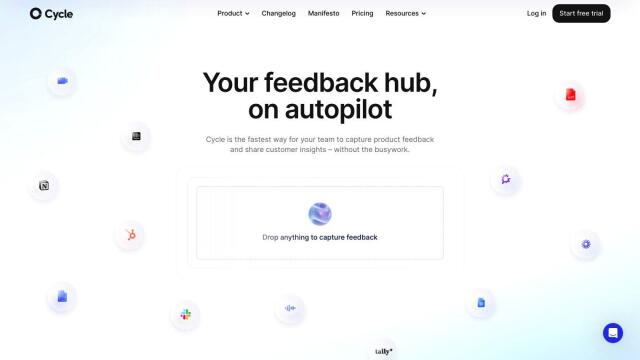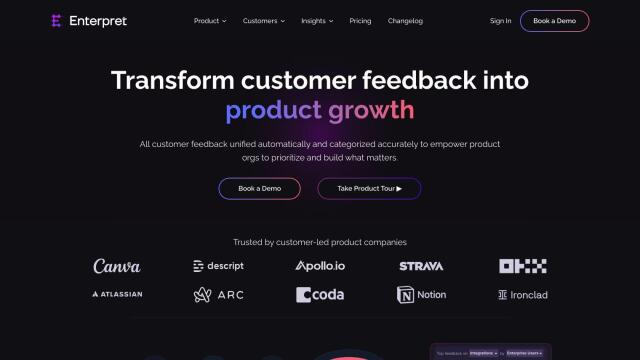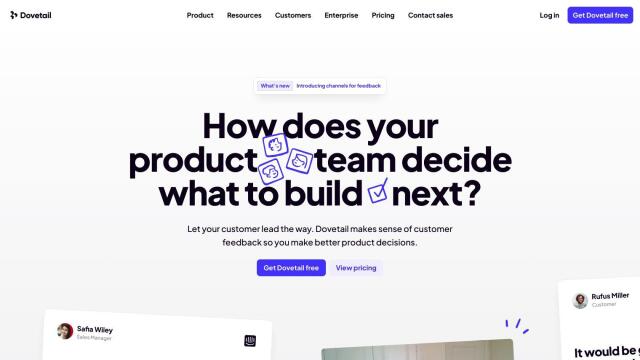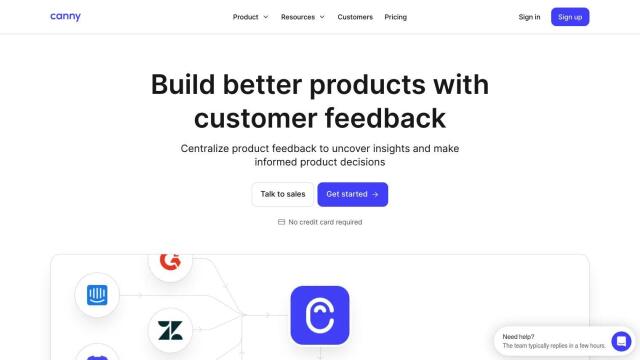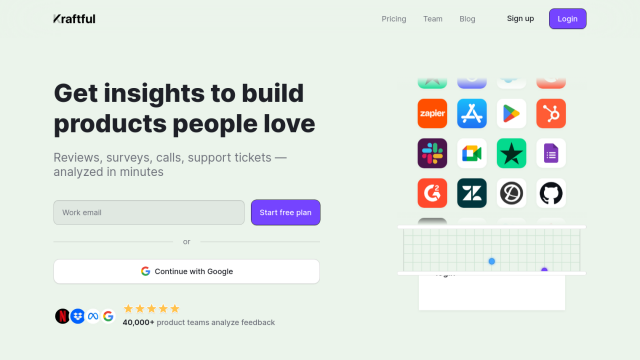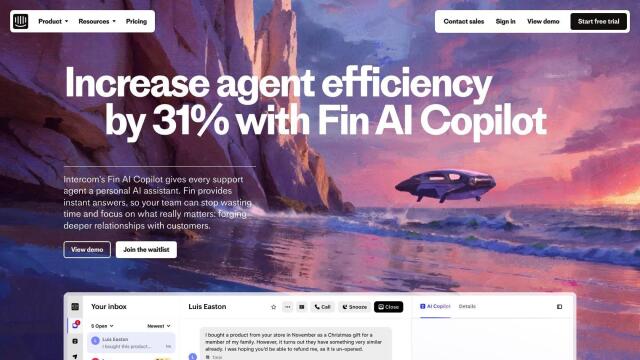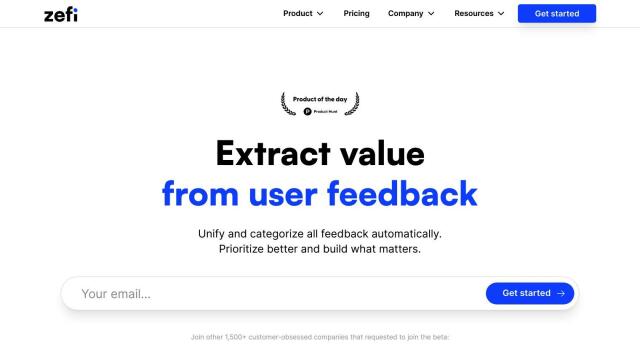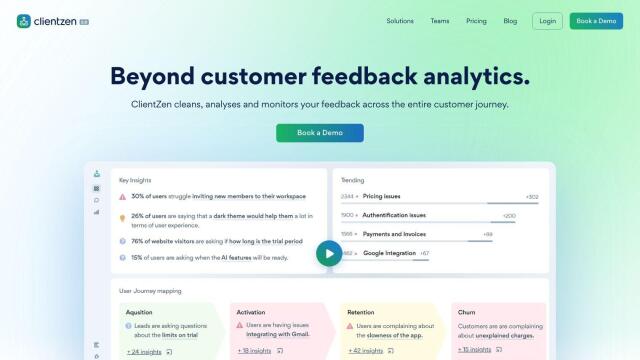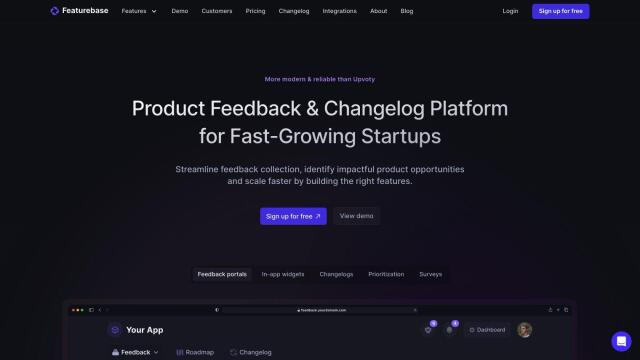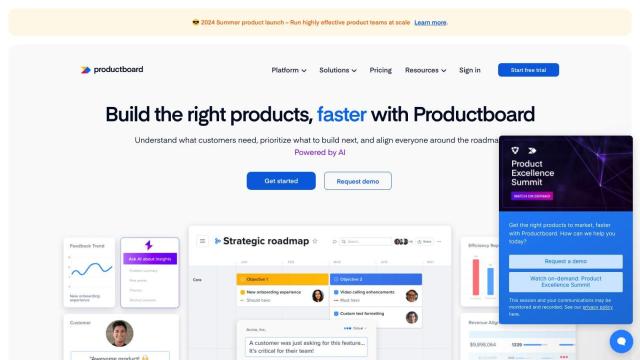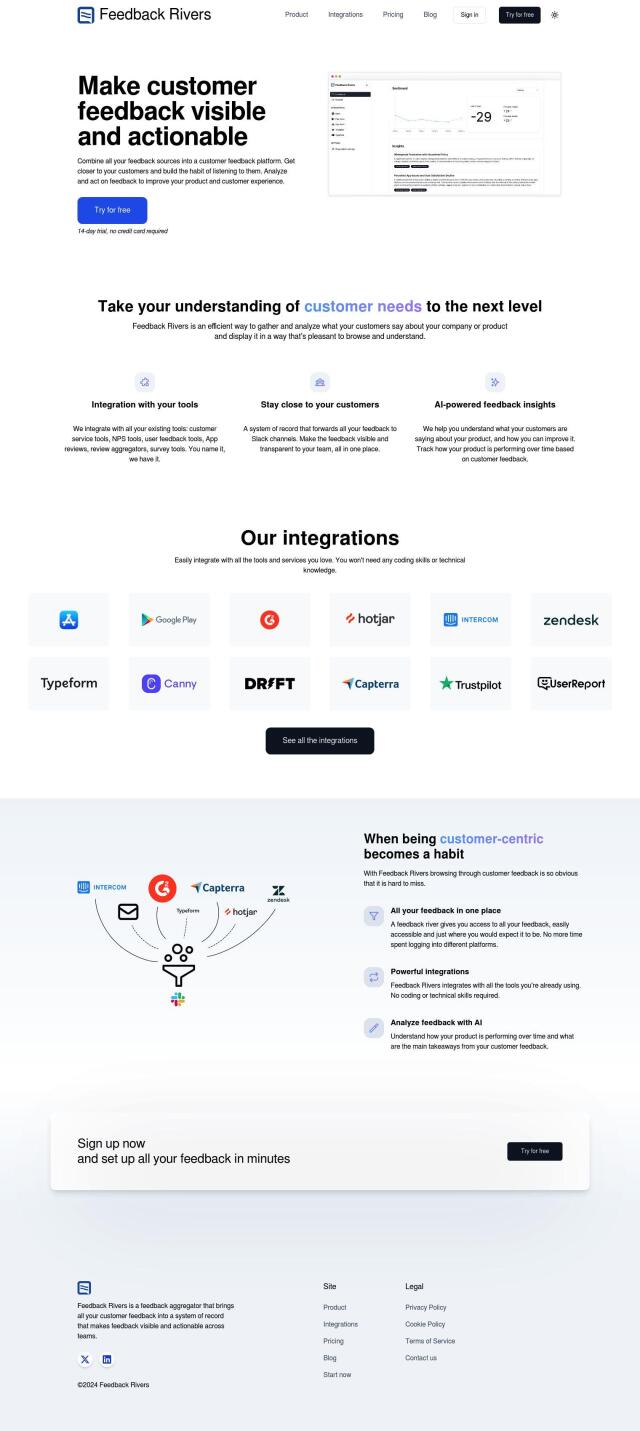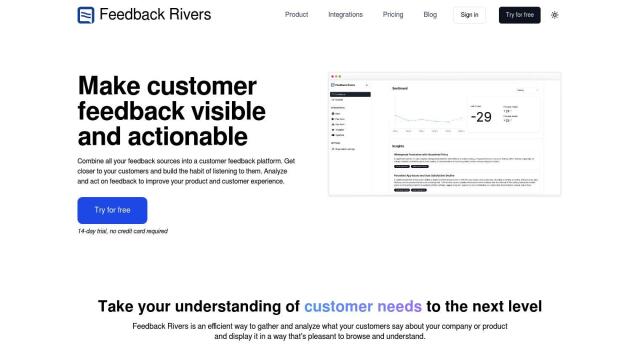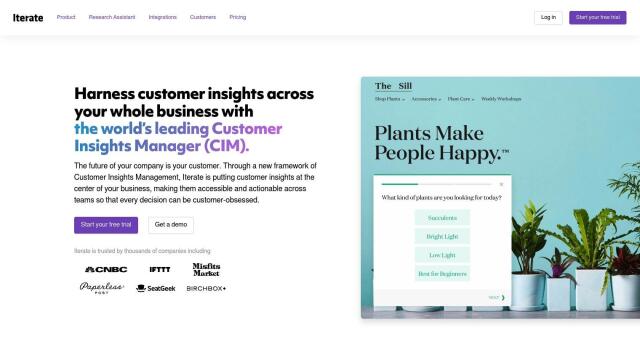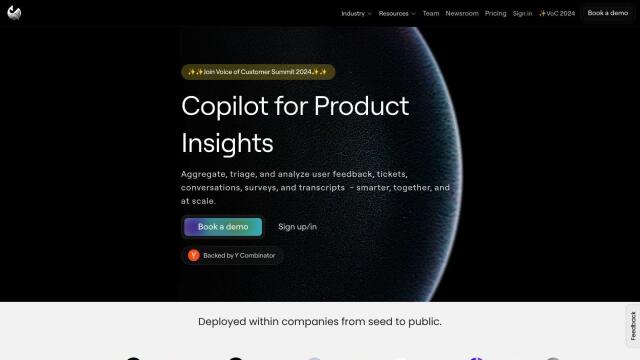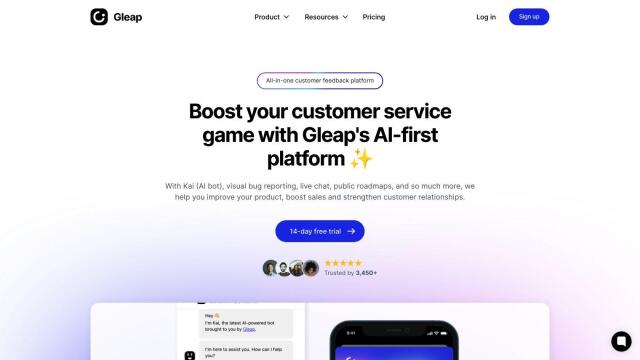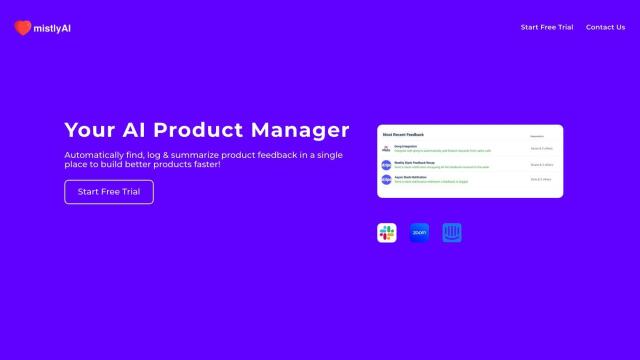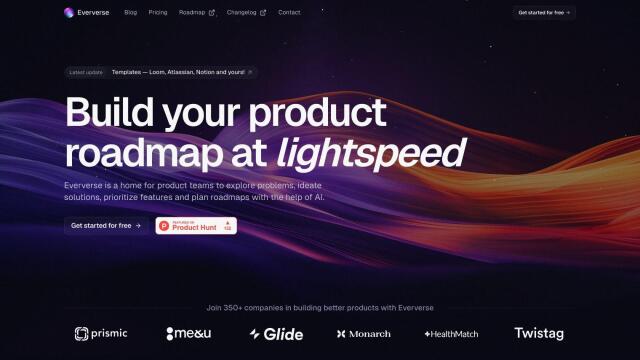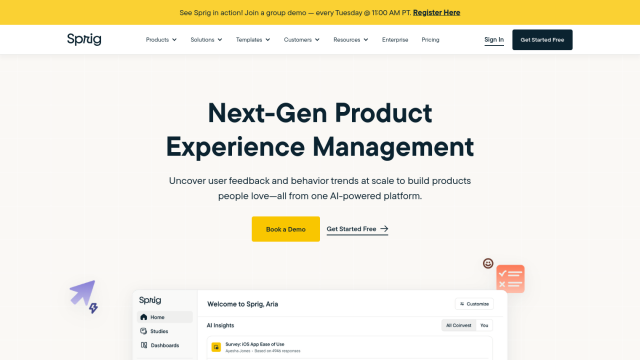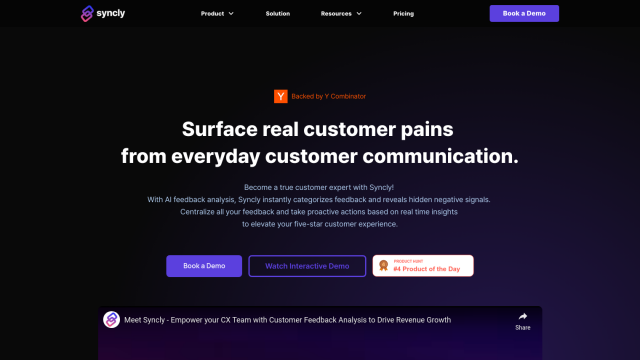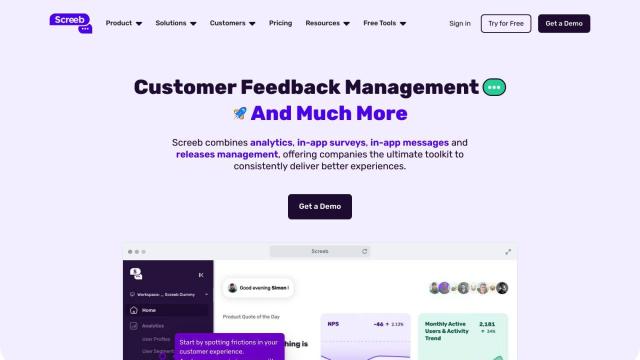Question: I'm looking for a solution to manage user feedback and integrate it with my existing tools like Intercom and Slack.

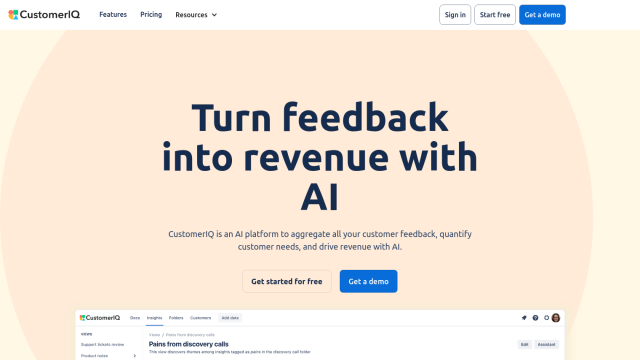
CustomerIQ
If you need a more advanced solution to handle user feedback and integrate it with tools like Intercom and Slack, CustomerIQ could be the best fit. This AI-powered platform aggregates, analyzes, and quantifies customer feedback from multiple channels, including native integrations with Slack, Intercom and others. It has AI-powered highlight extraction, filtering and search, so teams can categorize and make sense of customer data. CustomerIQ also includes team alignment, an AI assistant and document editing and collaboration tools, with enterprise-grade security and scalability.

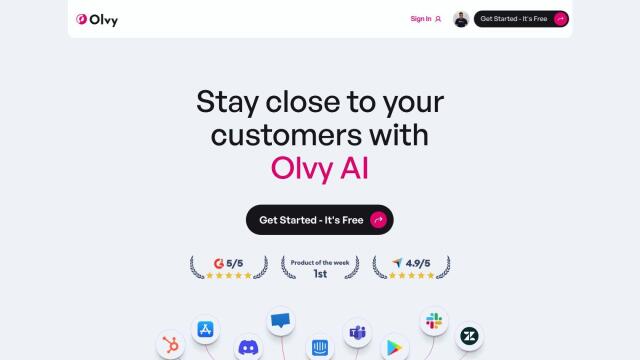
Olvy
Another good option is Olvy, a user feedback management platform for product teams. It collects, analyzes and prioritizes customer feedback from sources like Slack, Discord, Twitter, Telegram and the Play Store, providing insights that can inform product decisions. Olvy includes AI-generated summaries, thematic analysis and sentiment analysis, and integrates with tools like ClickUp, Linear, Jira, Zendesk, Intercom and Zapier. It can help teams work more efficiently by automating the feedback process and making data-driven decisions.
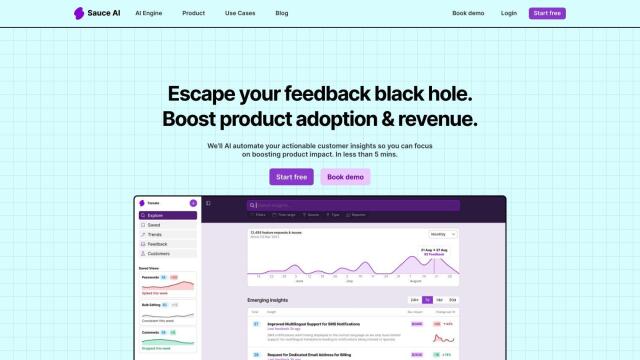
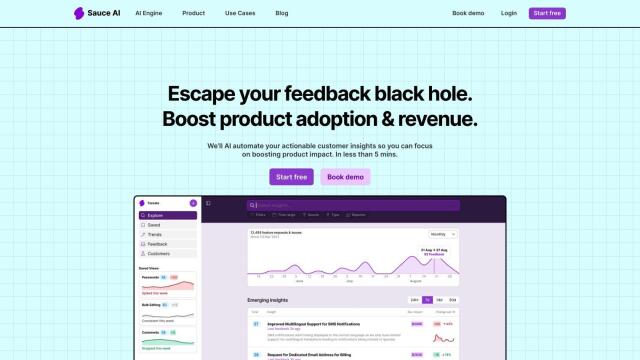
Sauce
If you need a tool that can deliver results fast, check out Sauce. It automates the collection and analysis of customer feedback, delivering insights in minutes. Sauce uses sophisticated AI clustering to spot important trends and problems in customer feedback, and it integrates with Slack, Intercom and Zendesk. It also can import historical data with a CSV file and cluster and segment in real time by customer attributes. It's a good choice for product teams trying to improve product adoption and cut churn.


Fibery
Last, Fibery combines market signals and customer feedback to inform product decisions. It can import feedback from email, Intercom, Zendesk, Hubspot, Slack and social media, and it includes AI-powered insight detection and customizable prioritization. Fibery integrates with Jira, Trello and Airtable, and includes features like interview summarization and sentiment analysis. It's designed to help product teams work more efficiently and make data-driven decisions.

